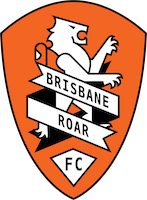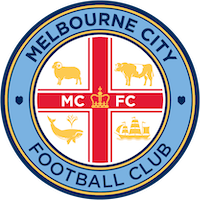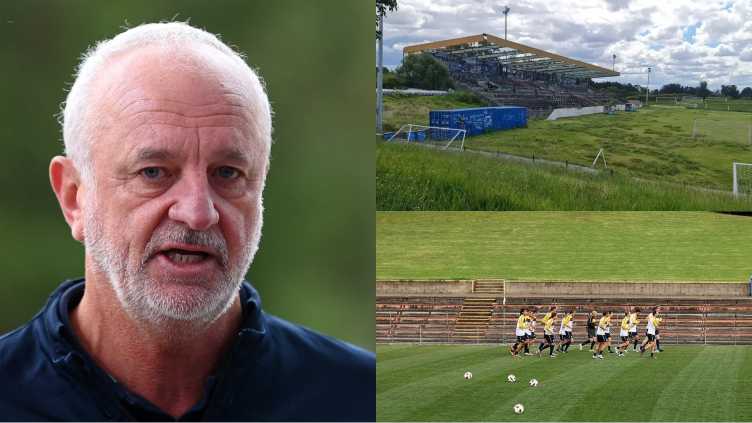Graham Arnold is on the warpath to persuade politicians to commit to funding a centralised base, writes Tom Smithies
Graham Arnold is counting in his head the decades he’s been involved in Australian national teams, and particularly the senior team.
“I’ve been around the Socceroos since, what, 1985? The only time I’ve felt like the team had a ‘home’ was under Frank Arok in the 1980s, when we trained at Barton Park and stayed at the Rydges in Camperdown,” says the Socceroos head coach. “The rest of the time, for nearly 40 years of my time, we’ve been homeless.”
It’s no wonder that Arnold is a vocal figure in Football Australia’s increasingly public demands for government support to build a Home of Football, because the entreaties to myriad governments have been going on for decades.
After a World Cup campaign that saw Australia reach the knockout stages for only the second time, and win two games for the first time, the incongruity of such a national team having to hunt out training fields, recovery and medical facilities and accommodation for every home game is laid bare.
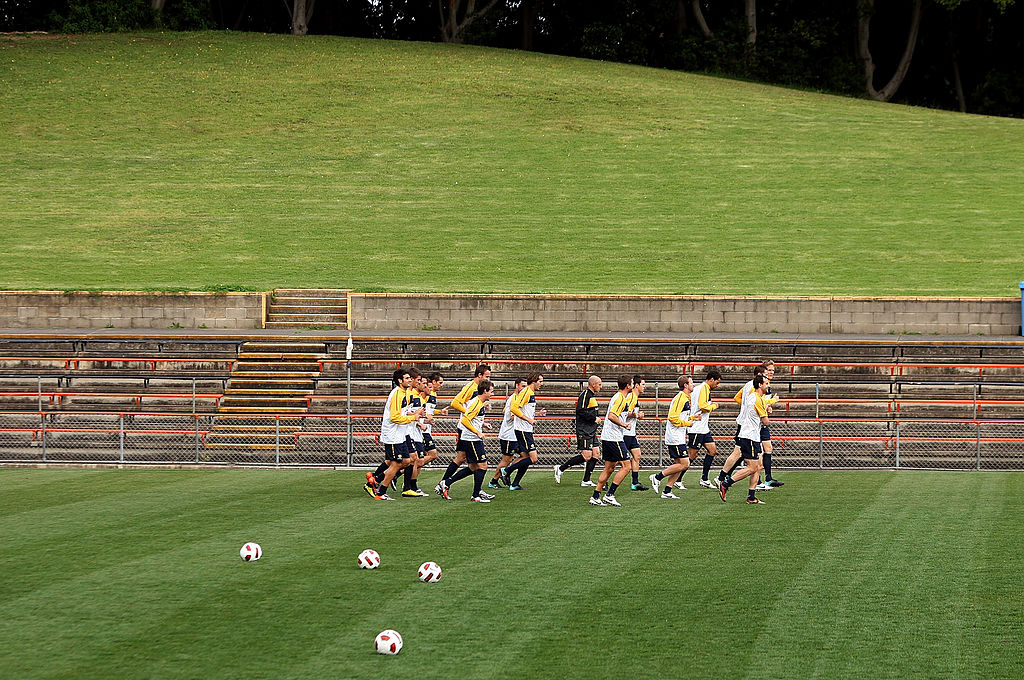
While not every national team has a centralised base – the Spanish team is itinerant, for instance – many countries now view high-performance centres such as France’s almost legendary Clairefontaine or England’s St George’s Park as somewhere to meet a huge logistical need but also act as a cultural bedrock.
In many ways St George’s Park is now the “home” of English football far more than Wembley. Geographically it’s in the centre of the country; many clubs use it for pre- or mid-season camps; coaches flock there from all over the world to do their various courses; and all the England teams (27 of them!) through the junior ages up to the senior teams train and prepare there. A schoolgirl or schoolboy selected for one of the national youth teams can reach out and touch the pathway to follow Harry Kane or Leah Williamson.
This is why Arnold has become so vocal about the Socceroos getting a home base in Australia because it would actually be far more than just a training centre.
The Matildas have one in Victoria, sited at La Trobe University, which doubles as a home for Football Victoria. What FA seek now is an equivalent for the men in NSW, with the facilities to be a base for all the male national teams, an HQ for Football Australia and – importantly – a place to celebrate and mark the history of the game. A centre for its past and future, in a manner of speaking.
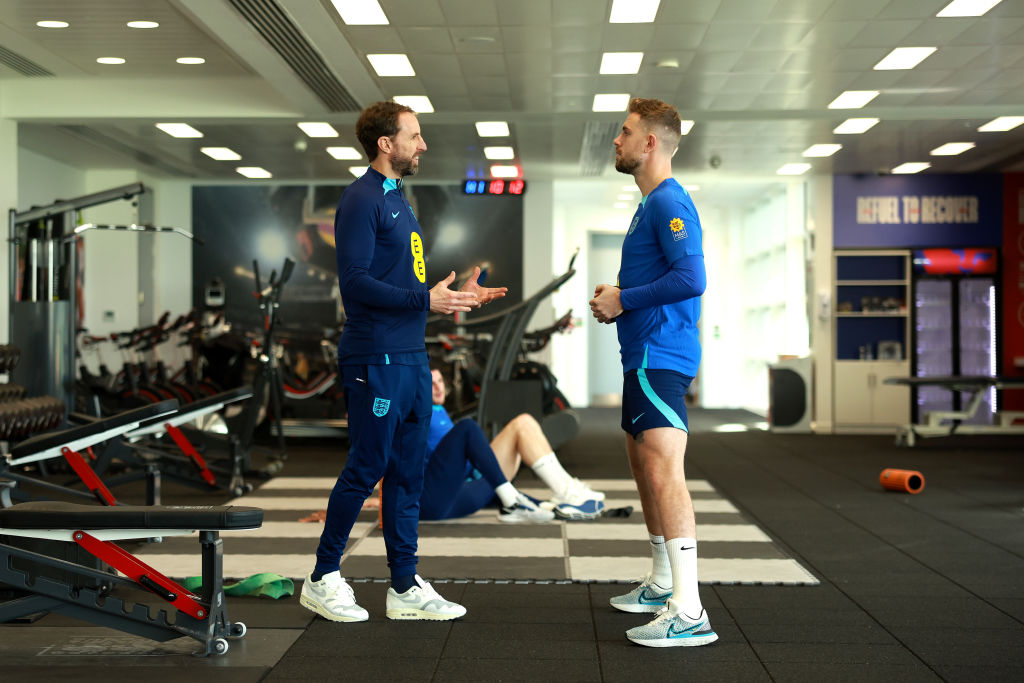
“Imagine you have a talent ID camp for some of the best schoolkids in the country, and they come to a home of football where there’s a museum to celebrate the hall of fame and all the great players of our past,” says Arnold. “How could they not be inspired?
“This generation of Socceroos have done a lot of work over the past year to understand and spell out what it means to be a Socceroo and represent this country. You could make that into something physical and lasting with a home of football – those kids would see pictures of Harry Kewell, Tim Cahill or whoever and feel like they have the chance to be part of history.”
Arnold’s new deal as national coach, agreed after the World Cup, includes a broader remit to be involved in the junior national teams – and he argues that the lack of a centralised base harms their preparations for big tournaments.
“It’s so important for these kids’ development to qualify for junior World Cups and Asian Cups and the Olympics, and for that they need the best possible preparation,” Arnold said.
“Currently we have to scrounge around to find somewhere, or even go a few days early to wherever the tournament is, instead of focusing on the actual preparation of the team.”
***
Sadly, these are not new arguments. In 2006, FIFA granted up to $50m to what was then FFA to explore the feasibility of a home of football at ES Marks Fields at Moore Park in Sydney, but the project lost impetus when several key staff moved on.
However in 2008, the then NSW Government was briefing that it was about to give the go-ahead on a $35m centre at ES Marks with all the desired facilities. Whether coincidentally on not, the Premiership of Morris Iemma – a noted football fan – ended a few weeks later, and the project stalled again.
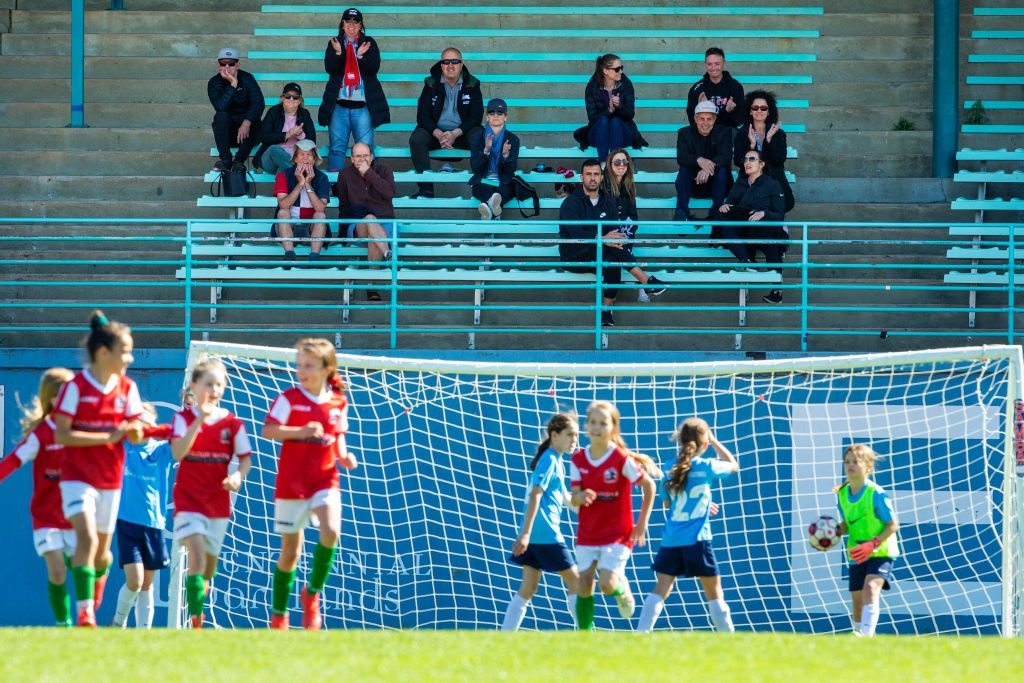
What has stuck in the craw of many in football is the funding spent on other sports. Some estimates put the spending of the last (Liberal) government from 2016-22 on stadiums and training centres at well over $1.5bn. The Sydney Swans have just opened a sleek new high-performance centre at Moore Park made possible by multi-million-dollar funding from both state and federal governments. Myriad NRL teams have similarly benefitted.
Football not so much, when it actually has unique pressures but delivers one of Australia’s few actual national teams. The Socceroos fly long-haul to play in that team, usually with a few days or even just hours to prepare, yet can end up having to have ice baths in their hotel rooms as part of the required recovery.
At St Georges Park in England there is a full hotel on site, used commercially when not required but offering accommodation for every England team that is based at the complex for more than a day. The Socceroos had a taste of what that’s like at the Aspire Academy in Doha which was their World Cup base, and where they could walk from their accommodation to the training pitch, gym, medical facilities and so on.
That World Cup was, of course, celebrated by thousands of fans at live sites, including the one staged by the NSW Government. And in a few weeks the Women’s World Cup will kick off on Australian soil at Accor Stadium – the scrapping of whose billion-dollar rebuild was supposed to free up more money for stadiums and facilities lower down the food chain.
Neither of those World Cups has yet proved the spur for football to get the home it needs, which is why FA, via Arnold and CEO James Johnson, are shouting from the rooftops – and will keep shouting.
“Through the strong support of the Victorian Government, we now have a world-class Home of the Matildas in Melbourne, which will officially open in early July,” notes Johnson to KEEPUP.
“Football Australia has been upfront around the need to build a Home of the Socceroos to provide an elite environment for our men’s senior and youth teams.
“Football is truly a national sport, with more participants than any other team sport in Australia. For that reason, we aren’t wedded on any particular capital city and have started initial dialogue with parties to ascertain their interest.
“Delivering a Home of the Socceroos during the next FIFA World Cup cycle is a priority for Football Australia, however, this is only possible through the support of state and federal governments.”
FA says it has no preferred option, though logic – and the weight of participant numbers – points to a site in Sydney. Ironically Barton Park, the precinct including the now dilapidated St George Stadium and where Arnold trained under Frank Arok, was long seen as ideal thanks to its history, size and proximity to the airport, but there are major questions over the health of the land.
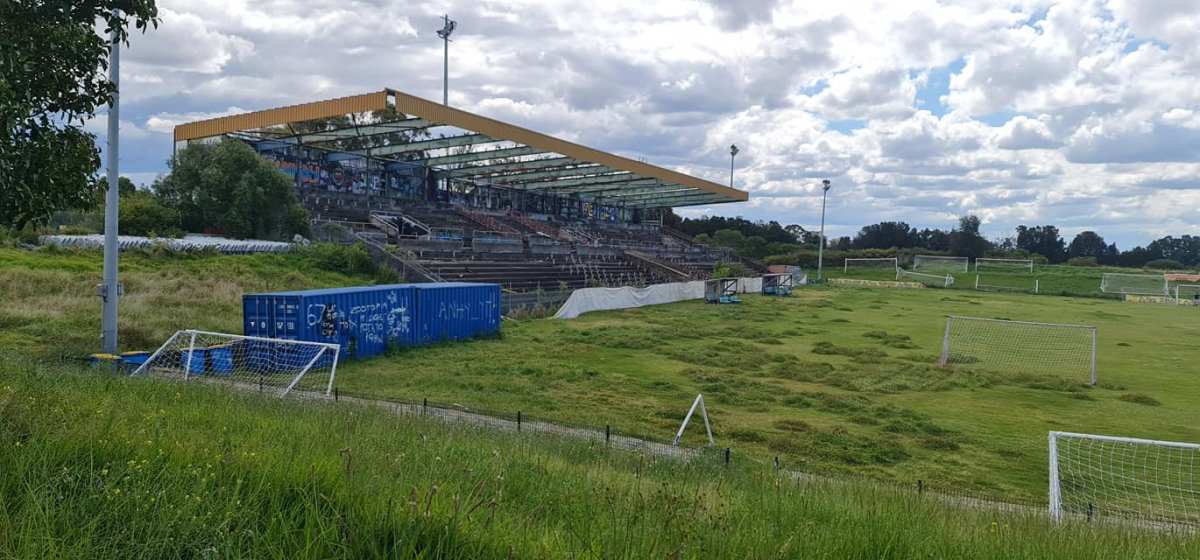
There are other possibilities, in Sydney and beyond. The development of the Olympic Park precinct holds potential, while South Australian politicians are pushing for that state to get involved. Arnold has flagged the possibility of siting it at a university, as the Matildas – and Sydney FC – have done.
But either way, as the Socceroos plan the start of another World Cup qualifying cycle and an Asian Cup in the next seven months, this issue isn’t going away.
“I was at a conference with all the other coaches from the World Cup recently, and I was talking about the facilities some of them get to work with,” Arnold said.
“If we’re serious about the Socceroos qualifying for future World Cups and aiming to better the performance each time when we get there, we need a home of football.”


